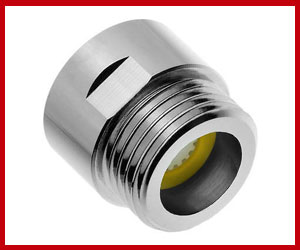
Flow restrictors and showerheads can be quite helpful, especially when it comes to minimizing the cost of energy and water bills. However, using a flow restrictor in shower head is not the most beneficial idea if you are living in an area with decreased water pressure.
But don’t worry anymore because you can always replace them or remove them, with a few easy steps.
Listed below are a few basics regarding the flow restrictor in shower head.
Let’s skim through them!
Why There Is A Flow Restrictor In Shower Head?
According to the National Energy Act, a flow controller or a flow restrictor is required to be installed in shower heads by shower head manufacturers.
They are specially designed to reduce the flow of water in the shower head to a minimum of 2.5 gallons each minute. Additionally, a flow restrictor in shower head helps reduce your electricity and water bills.
Why Remove Flow Restrictor From Shower Head?
The flow restrictor in shower head may not be an ideal choice if you reside in an area that is compliant with the low pressure of water. It will result in thin drizzling or reduced water flowing from your shower head.
You can resort to the removal of this flow stricter in shower head to resume your normal water pressure. However, it may add to your water bill.
Things You Need To Remove A Flow Restrictor
To remove the flow restrictor from the shower head, you may require several essential supplies.
- Teflon plumber tape
- Clean towel, cloth, or a rag
- Pair of tweezers or nose pliers
- Screwdriver with a flat head
- Adjustable wrench
How To Remove A Flow Restrictor From The Shower Head?
If you are wondering how to remove flow restrictor from Waterpik shower head or how to remove flow restricted from Grohe hair shower head, then worry no more – we are here to help!
To have a shower head without flow restrictor, you first need to remove the shower head and reach deep inside your location of the plastic restrictor.
Now use a flat head screwdriver and gently pull it out, or you can resort to using needle-nose pliers or tweezers for grasping. You would, however, have to remove the O-ring or the rubber gasket.
When doing so, make sure that you take all the essential precautions, as it can damage the gasket upon using the screwdriver for prying it out.
Now you can easily remove the plastic restrictor and replace it with a gasket. Make sure you do so; otherwise, it will lead to leaking.
How To Locate The Flow Restrictor?
Shower heads with removable flow restrictors are quite common. However, if that is not the case, and you wish to have a shower head without a flow restrictor, then you first need to locate the restrictor.
Before locating the restrictor, you need to remove the showerhead. You need to turn off your water faucet and turn around the water flow restrictor valve.
This will drain out all the leftover water supply in your pipe of the showerhead.
Additionally, this will also reduce the flow of water from your showerhead, and it’s the pipe as you work along with it.
Now you can quickly locate the fitting of your shower head and the connection that it makes against the supply from the wall.
You can resort to using an adjustable wrench to loosen your shower head by turning it counterclockwise.
You can then manually unscrew your shower head, once it reaches its maximum loose fitting.
Lastly, you can now have a clear picture of the inside structure, which would allow you to locate the plastic flow restrictor in your shower head quickly.
How To Remove The Restrictor In The Handheld Shower?
The best handheld shower head is common amongst home users.
Firstly locate the water restrictor on your handheld shower head either using a manufacture guide or a manual.
It is more likely for you to find the water restrictor inside the attachment of the holder and the shower arm.
Often it might be present at the handles and which connects you to a flexible tube.
Next, use a clean towel to protect your shower head using adjustable pliers while counterclockwise rotations take place.
You can now filter the screen using needle nose pliers while prying in the washer. Using a flat-head screwdriver, you can now pull out the restrictor.
How To Improve Water Flow In The Handheld Shower?
Make sure that you clean your shower head free from all dust and dirt. Often sediment can deposit in your water supply system.
You can do so without removing your shower head by using a sandwich bag and a rubber band.Use this bag with the vinegar, while attaching it to the shower head, with a rubber band this will help in the breakdown of sediment particles. This will cost you around a minimum of $5 or a maximum of $10.
Additionally, you can also replace your shower head if the restrictor cannot be easily removed. You can either buy a low-pressure shower head or find a plumber to do so. This will cost around $30-$50.
At the least, you can install a shower pump to fix your shower head’s water pressure or simply buy a pressure cylinder.
This pressure cylinder can be easily installed in your plumbing system.
You can also use an electric shower with a cold water tank accumulator. So, as a last resort, we can also install a power shower.
Conclusion
It does not matter if you have a delta flow restrictor or a 1.5 GPM shower head restrictor, because you can easily remove it from your shower head. Just make sure that you use the tricks as mentioned earlier and tips wisely, and you will be good to go.

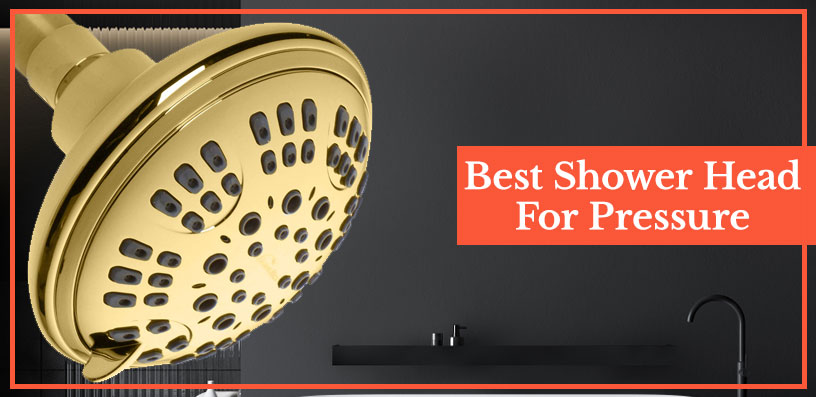
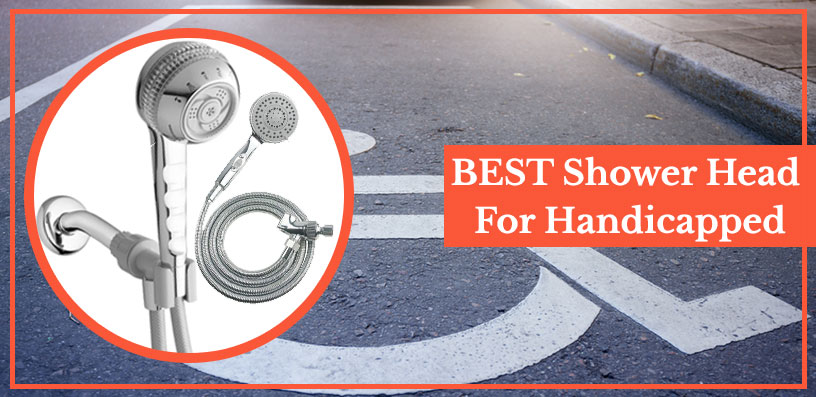

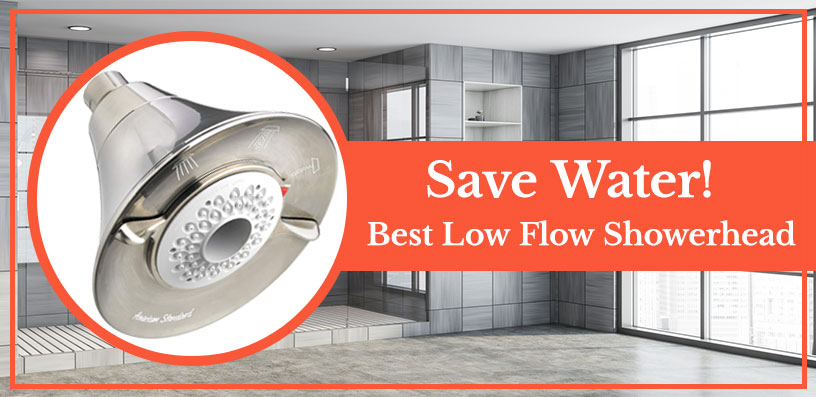
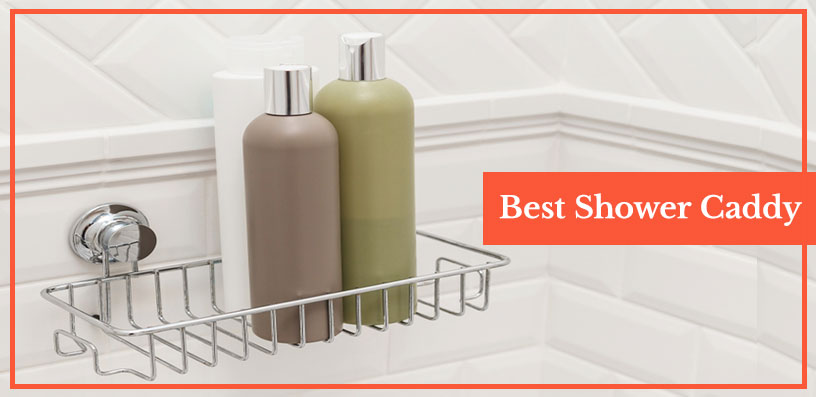

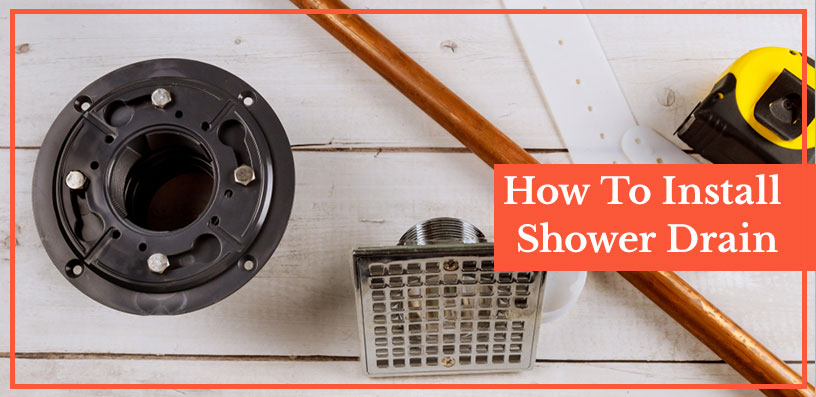
Leave a Reply